Solution Processable Deposition Methods for Printed Solar Cells
Illustration of slot-die coating process.
Introduction
Printed solar cells, such as Perovskite and Organic solar cells are built layer by layer, with each layer forming a thin film, typically ranging from nanometers to micrometers in thickness. These thin films are integral to the device's performance, and various methods exist to create these layers, allowing production to be tailored to specific material and surface requirements. Thin film technology, developed since the 20th century, has driven innovations in diverse fields, including Thin Film Transistors (TFTs), Light Emitting Diodes (LEDs), semiconductor devices, optical coatings like antireflective films, and energy technologies such as solar cells and batteries. Printed solar cells have mainly two ways of deposition; vacuum processing and solution processing. This post will focus on solution-processable techniques for organic solar cells, highlighting varieties and what they offer.
Solution processable techniques rely on inks, where the active component is dissolved or dispersed in a suitable solvent with possible additives. Ink formulation must be optimized based on the deposition techniques, for instance the formula for spray coating and blade coating differ in terms of viscosity and the ink must be optimized accordingly. The choice of solvent is crucial to create processable inks.
Learn how to fabricate solar cells using slot-die coating and flexo printing on a Slot-die Coater.
Types of Solution Processable Deposition Methods
Drop Casting
Drop Casting is a method where the solution is deposited on top of a horizontal substrate, fully covering its surface. Complete coverage is essential for creating a uniform film, particularly with non-spreading solutions. After the solvent evaporates, a solid film remains. However, this method can be problematic as uneven solvent evaporation may create non-homogeneous films and cause the coffee ring effect—where solute particles become trapped during evaporation.
Coating
Coating is defined as deposition method that covers the target surface continuously to create a uniform layer. Coating technologies are generally employed for the large-scale deposition of uniform, functional films over extensive areas. With few exceptions, these methods do not facilitate precise patterning or are limited to coarse stripes. They are contact-free and allow for a wide range of film thicknesses, from nanometers to millimeters.
Spin Coating is widely used in research labs, employing a machine with a vacuum platform and a controllable spin mechanism. The substrate is secured by vacuum, ink is applied to cover it, and spinning the substrate creates the final thin film. The film thickness is a product of the several factors such as ink viscosity, spinning speed and surface energies, and it can be challenging to predetermine directly – processing conditions for a specific layer thickness of a specific ink are most often found simply by trial and error. The techniques main limitation is material waste, as excess ink spins off during the process—a particular concern when scaling up. Spin coating commonly used for active layer, hole and electron transport layer deposition on glass slides.
Slot-Die Coating is a non-contact method that deposits the ink through a guiding meniscus followed by drying. The ink flows at a constant rate as the slot-die head or substrate moves, allowing precise thickness control. This method is used for industrial-scale continuous processes, such as roll-to-roll production for large areas. Within processing of solar cells slot-die coating is used for deposition of active layers, hole and electron transport layers and top and bottom electrodes if using conductive inks such as silver nanoparticles or silver nanowires.
Slot-die Coating
Spray Coating creates films by forcing tiny solution droplets through a pressurized nozzle. Film quality can be controlled by adjusting the nozzle-to-surface distance and deposition time, though maintaining uniformity across large areas remains challenging. A mask can be used to create patterns; however, it will increase the ink waste. The method is applicable for several layers of a printed solar cell device, such as active layer, electron and hole transport layers, electrodes, and encapsulation layers.
Spray Coating
Doctor Blade Coating is a deposition technique mostly used for thick films with high viscosity. A blade, positioned above the substrate, is used to evenly spread the solution on the substrate to form a uniform film, with a thickness determined by the blade height and the solution viscosity. It is a suitable process for large-scale deposition due to minimal ink waste, however lab-based coating might be slow and the ink which is exposed to the environment might dry up and aggregate. This method is frequently used in lab-scale fabrication of solar cells to deposit active layers and charge transport layers.
Doctor Blade Coating
Printing
Printing is generally a contact-based method of ink deposition, enabling the transfer of an image or pattern from a solid printing form onto a substrate. An exception is the fully digital inkjet printing process, which is contact-free and does not require a physical printing form—allowing for quick, on-demand changes. Printing techniques support two-dimensional pattern formation with a wide range of thicknesses, resolutions, and speeds.
Inkjet Printing delivers solution droplets through a nozzle using either piezoelectric technology (electrical input) or thermal input. Piezoelectric printheads provide better precision and avoid heat exposure, making them preferable for temperature-sensitive materials. This method is well known from office use of printing technology, working with a cartridge system, and suitable for lab-scale studies. Inkjet printing can be used for precise coating of active layers, electrodes and interlayers. Challenges of the technique are; to get completely uniform films, as the films are created from overlapping droplet “splashes”; the printheads typically have high requirements to the ink properties, and clogging of the piezo nozzles can be problematic.
Inkjet Printing
Screen Printing is a technique that has been used to produce electronic circuits since 1940s, transferring a viscous ink through a patterned mesh onto a substrate using a squeegee.
The principle can be applied with two types of screens. The flatbed screen has been used since ancient times (the Chinese used silk for the screen mesh) and is typically used to process on top of discrete units. The advantage is that it is possible to process onto odd sized units such as T-shirts, frisbees or similar and from an electronics development perspective it is possible to work with only small amounts of inks. A disadvantage is that the screen is normally open, allowing for evaporation of solvents.
Flatbed Screen Printing
The Rotary screen is for production of large quantities of the same motif onto a rolled-up substrate in a continuous process. It is fast and the evaporation is less pronounced than from the flatbed screen. The technique is not suitable for small tests as it requires more ink to fill the screen and setup/cleaning is more time consuming.
Screen printing is mainly applied in the formation of conductive electrode layers, such as silver or carbon pastes, and is widely used in commercial solar technologies including crystalline silicon and some printed perovskite modules.
Rotary Screen Printing
Gravure Printing is traditionally used for high-volume products such as catalogues and packaging. Gravure cylinder transfers the ink onto the substrate via its cavities, which are the patterns carved on the cylinder. Immersed partially in an ink bath, the cylinder carries the ink by filling the cavities on its surface. A doctor blade removes the excess ink from the cylinder surface before the ink is transferred to the substrate through surface interactions. The simple two roller system making it excellent for rapid deposition of uniform thin films, particularly for large-scale coating of transport layers or active layers in roll-to-roll production lines.
Gravure Printing
Flexographic Printing consists of a patterned cylinder and contrary to gravure the patterns are not from cavities but from raised reliefs. The patterned reliefs are suitable to transfer the ink via continuous stamping. Ink moves from a reservoir through fountain roller, then transfers the ink to anilox roller which has microcavities, then finally transfers it into printing cylinder to imprint the substrate. In printed solar cells, flexographic printing is typically used for patterned deposition of conductive inks and encapsulation materials, benefiting from its compatibility with flexible substrates.
Flexo Printing
Table of Comparison
| Method | Cost | Scalability | R2R Compatibility | Ink Waste | Drying Times | Coating Speeds | Uniformity | Coatable Surface Types | Parameters Affecting Coating |
|---|---|---|---|---|---|---|---|---|---|
| Drop Casting | Low | Limited | No | Low | Long | Slow | Low | Flat substrates only | Solvent evaporation rate, volume |
| Spin Coating | Medium | Lab-scale only | No | High | Medium | Fast | High | Rigid, small substrates | Spin speed, solution viscosity, drop volume |
| Slot-Die Coating | High | Large-scale | Yes | None | Short - Long | Slow - Fast | High | Flexible, rigid substrates | Flow rate, substrate |
| Spray Coating | Medium | Medium-scale | Yes | Moderate | Short | Fast | Moderate | Complex geometries | Spray pressure, nozzle distance, deposition time |
| Doctor Blade Coating | Medium | Medium-scale | Yes | None | Medium | Slow - Moderate | High | Flexible , rigid substrates | Substrate, solution viscosity |
| Inkjet Printing | High | Medium-scale | Yes | None | Short | Slow - Fast | Moderate | Flexible, rigid substrates | Nozzle settings, droplet size |
| Screen Printing | Low - High | Large-scale | Yes | None | Short - Long | Slow - Fast | Moderate | Flexible /Flat substrates | Screen pattern, squeegee pressure |
| Flexographic Printing | Low- High | Lab - Large-scale | Yes | None | Short | Fast | Moderate | Flexible /Flat substrates | Ink viscosity, roller pressure |
| Gravure Printing | High | Large-scale | Yes | None | Short | Fast | Moderate | Flexible substrates | Ink viscosity, cavity volume |
Conclusion
The variety of the methods highlights the adaptability and potential for solution processing. While techniques like spin coating are already widely used in research, industrial methods such as slot-die coating and flexographic printing offer scalability and roll-to-roll compatibility essential for large-scale manufacturing. These methods provide a pathway to cost-effective and efficient solar cell production, bridging the gap between laboratory innovation and industrial implementation. With ongoing improvements, they will play a central role in making solar energy more accessible and transformative for the future.
About the Author
Ümran Işıl Biçer is a Marie Curie PhD fellow at infinityPV, contributing to the Marie Skłodowska-Curie EIFFEL project. She received her bachelor’s degree from Middle East Technical University in Turkey and completed her master’s through the Erasmus Mundus MaMaSELF program, studying at Ludwig Maximilian University of Munich and the University of Montpellier, with her thesis conducted at the University of Helsinki. She is pursuing a PhD in the development of non-fullerene acceptors for organic solar cells, focusing on scalable roll-to-roll printing methods to improve solar cell efficiency and stability.
Get Professional Support for Your Coating Needs
Need help with slot-die coating, coating machines, or any related applications?
Contact infinityPV’s experts today for professional guidance and support.
Related Articles
Related Products
Laboratory Roll-to-Roll Coater
A compact and modular high precision roll-to-roll slot-die coater that transforms the way thin functional films are printed and coated.
LR2RC500 Bundle
Probably the world’s most compact R2R slot-die coater. A compact, fully integrated R2R coater that fits on a workbench, in a fume hood or a glovebox.

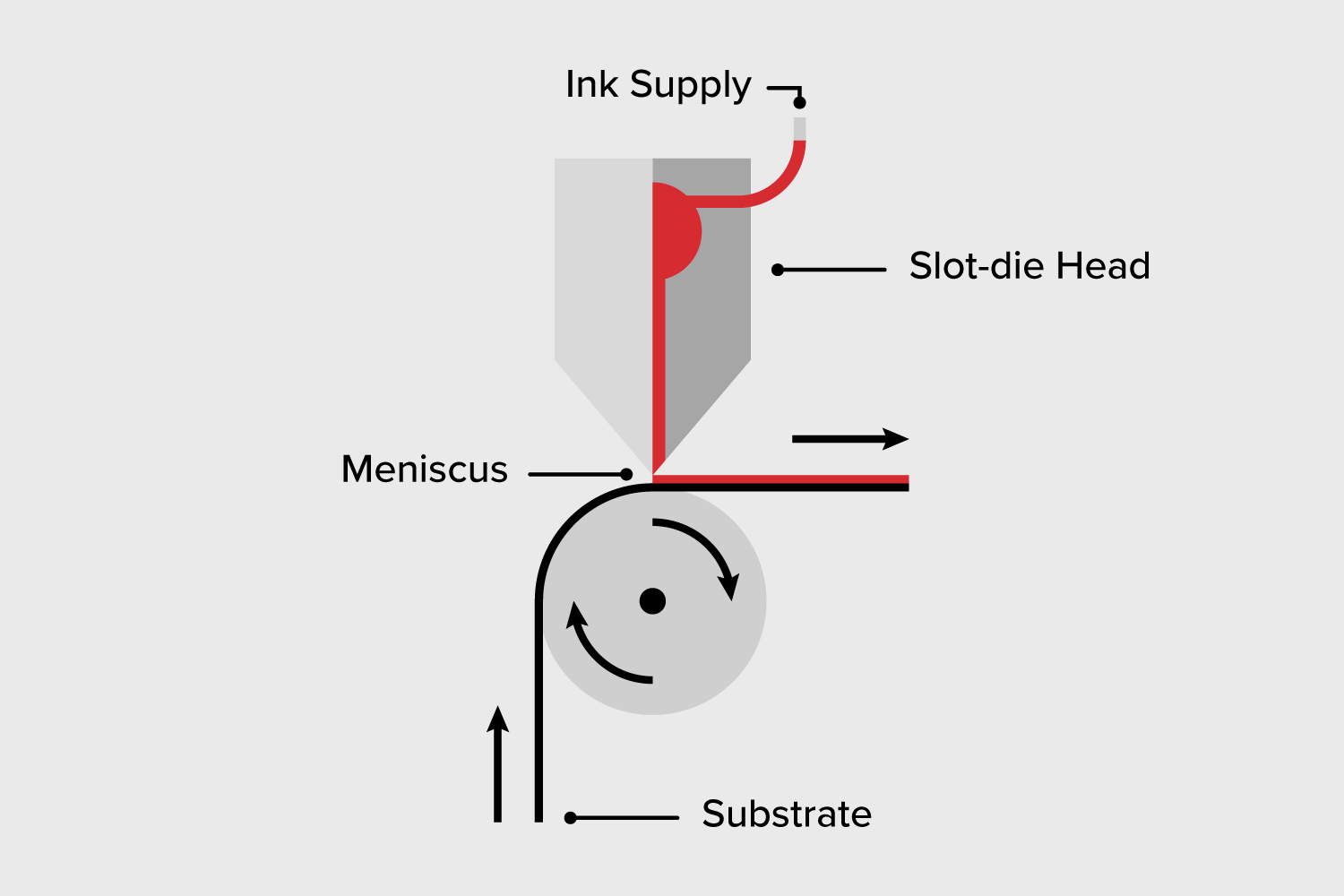
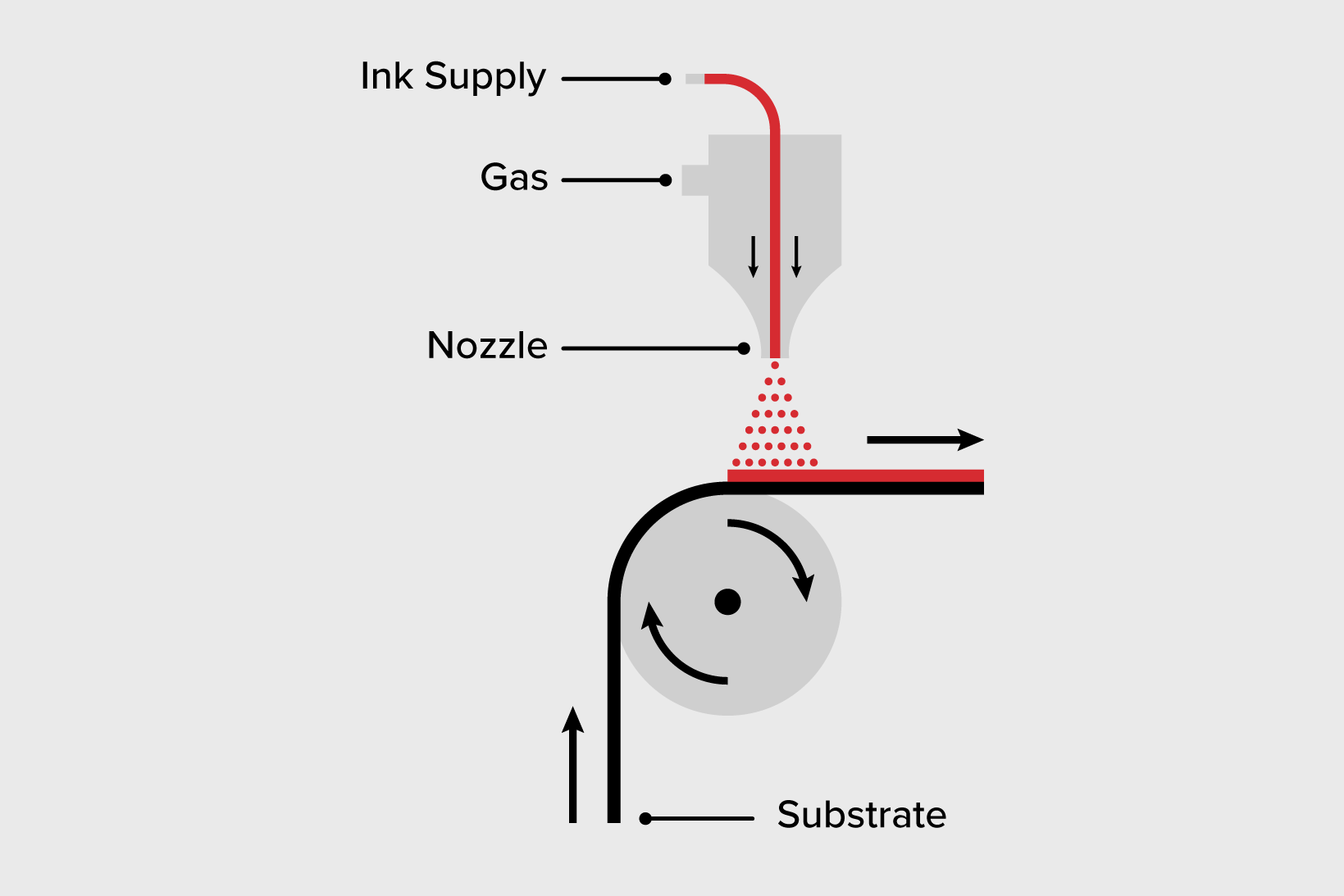
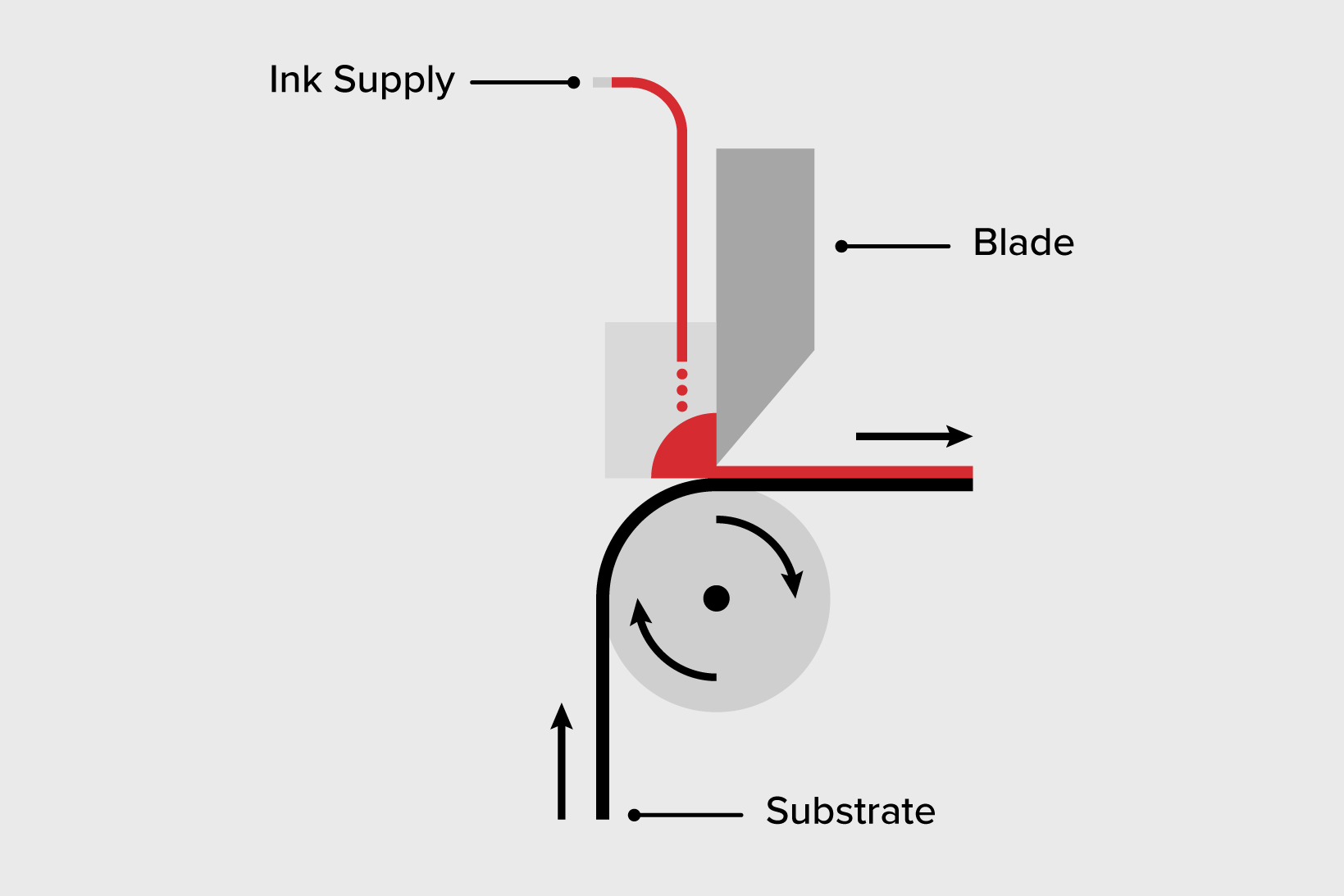
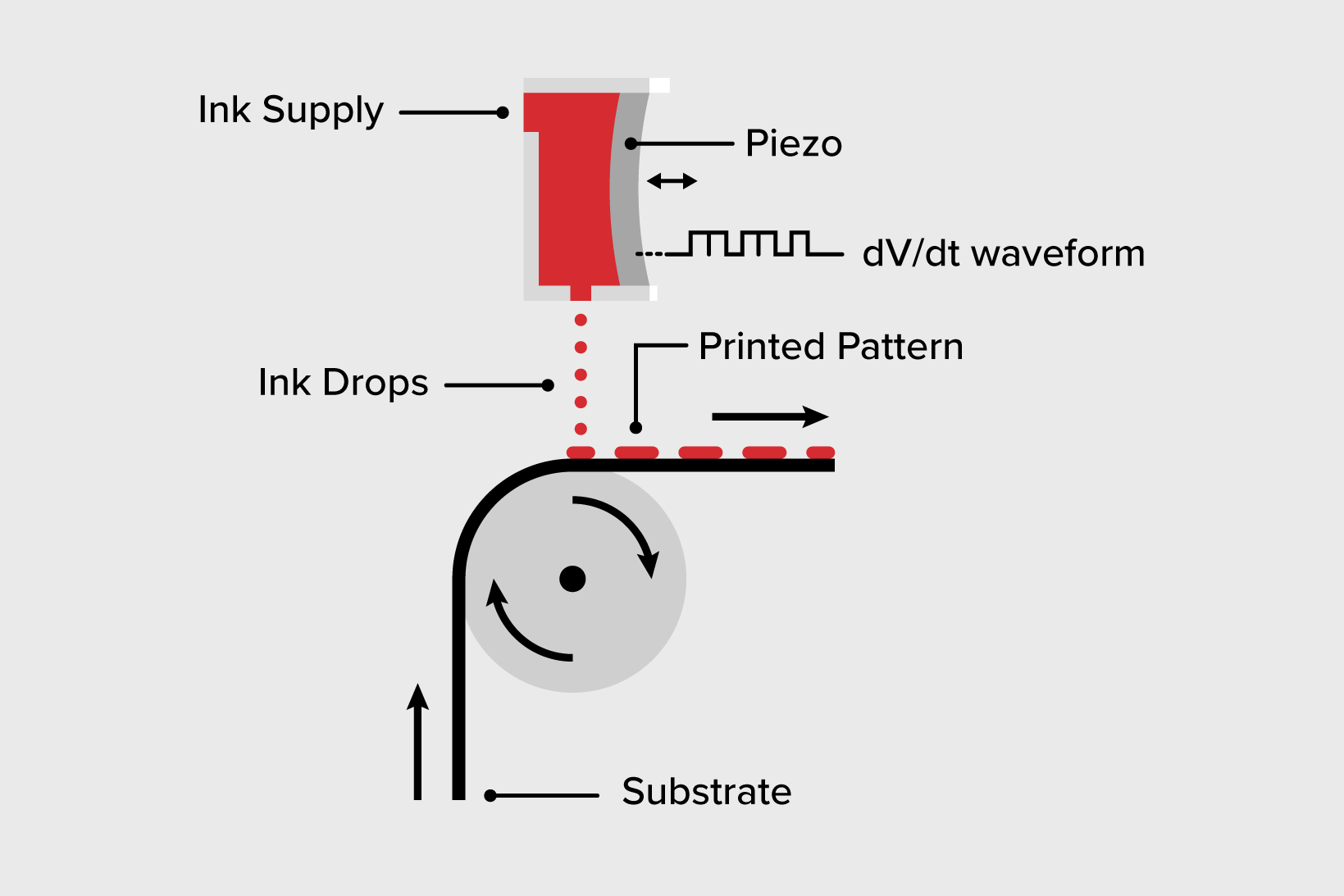
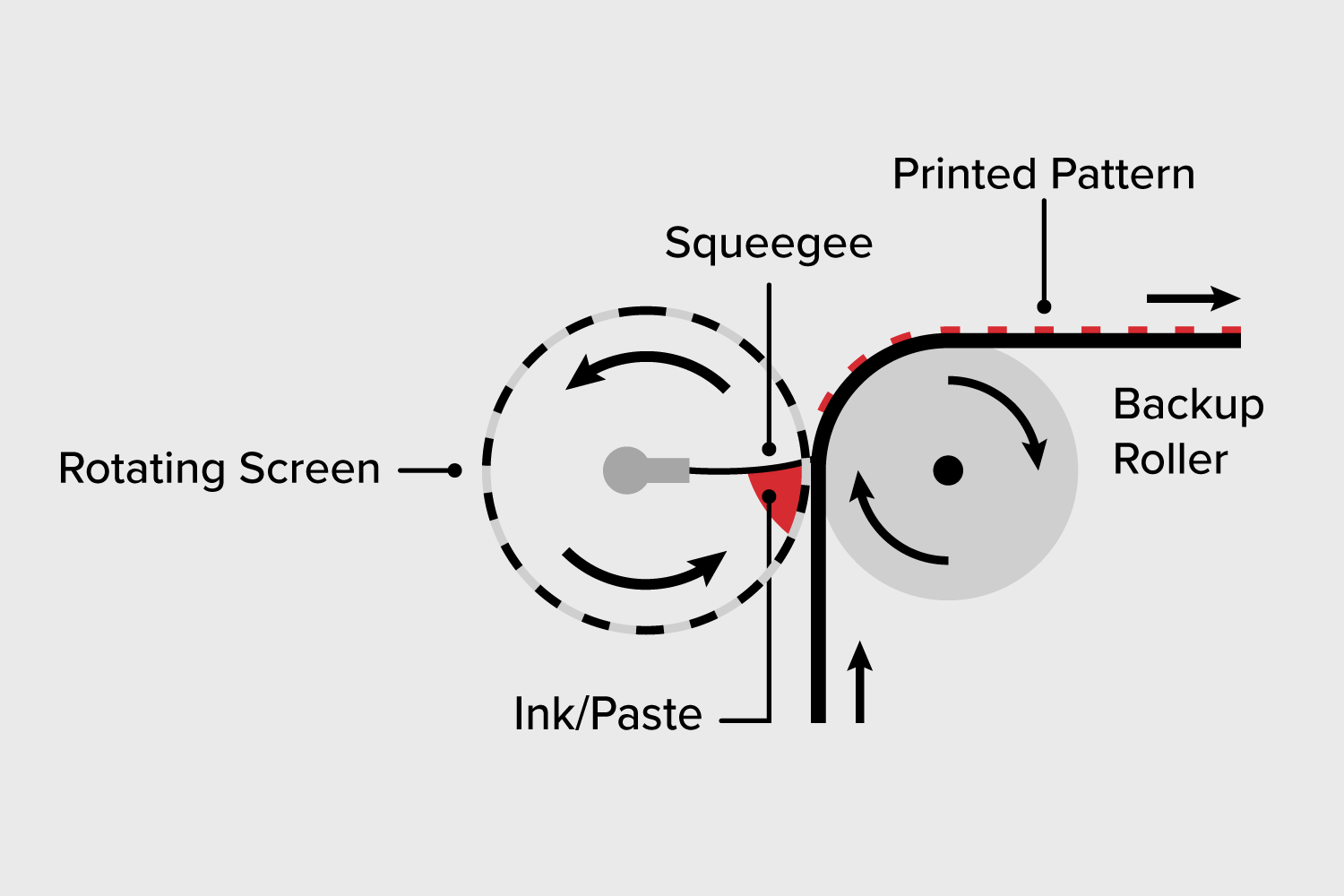
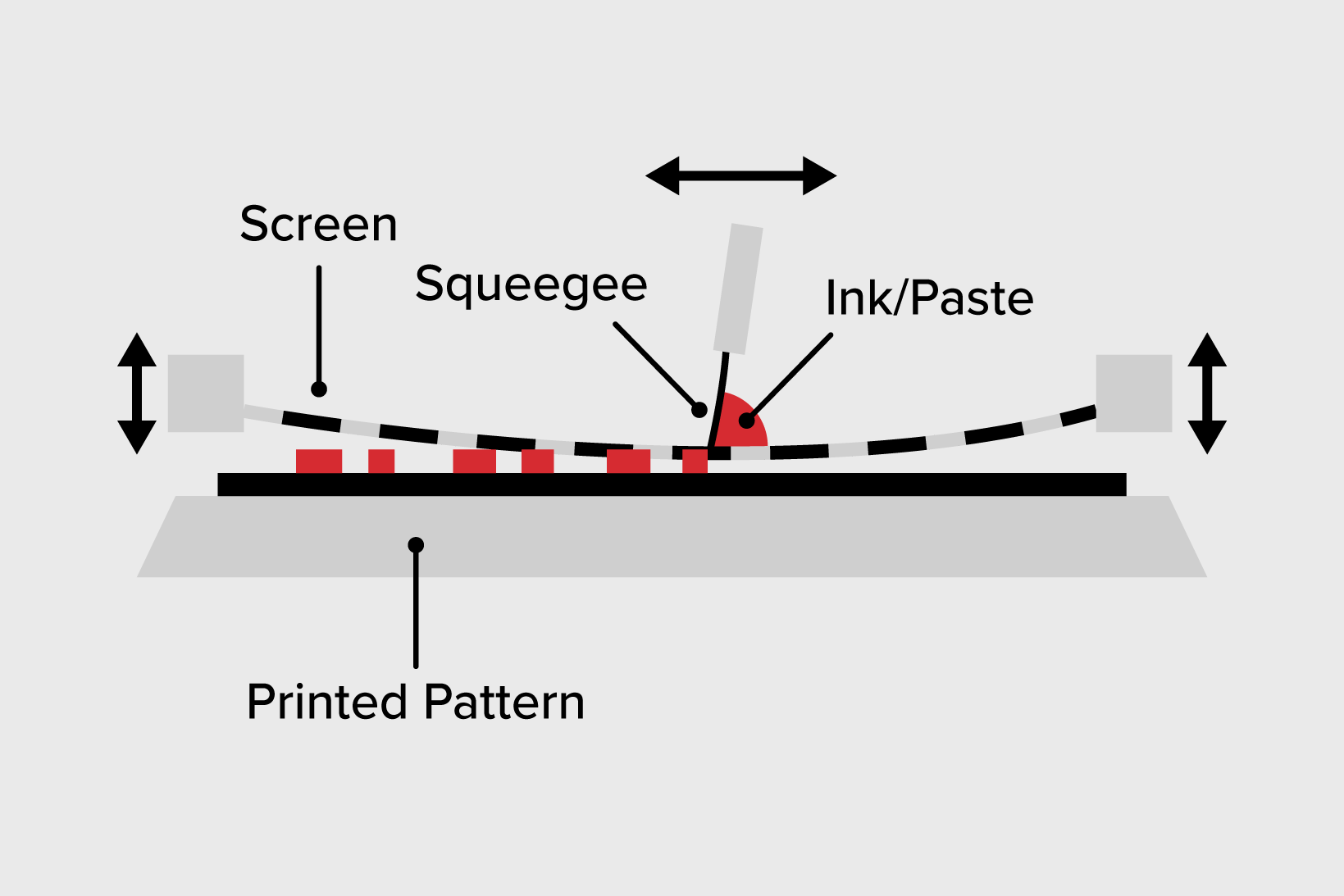
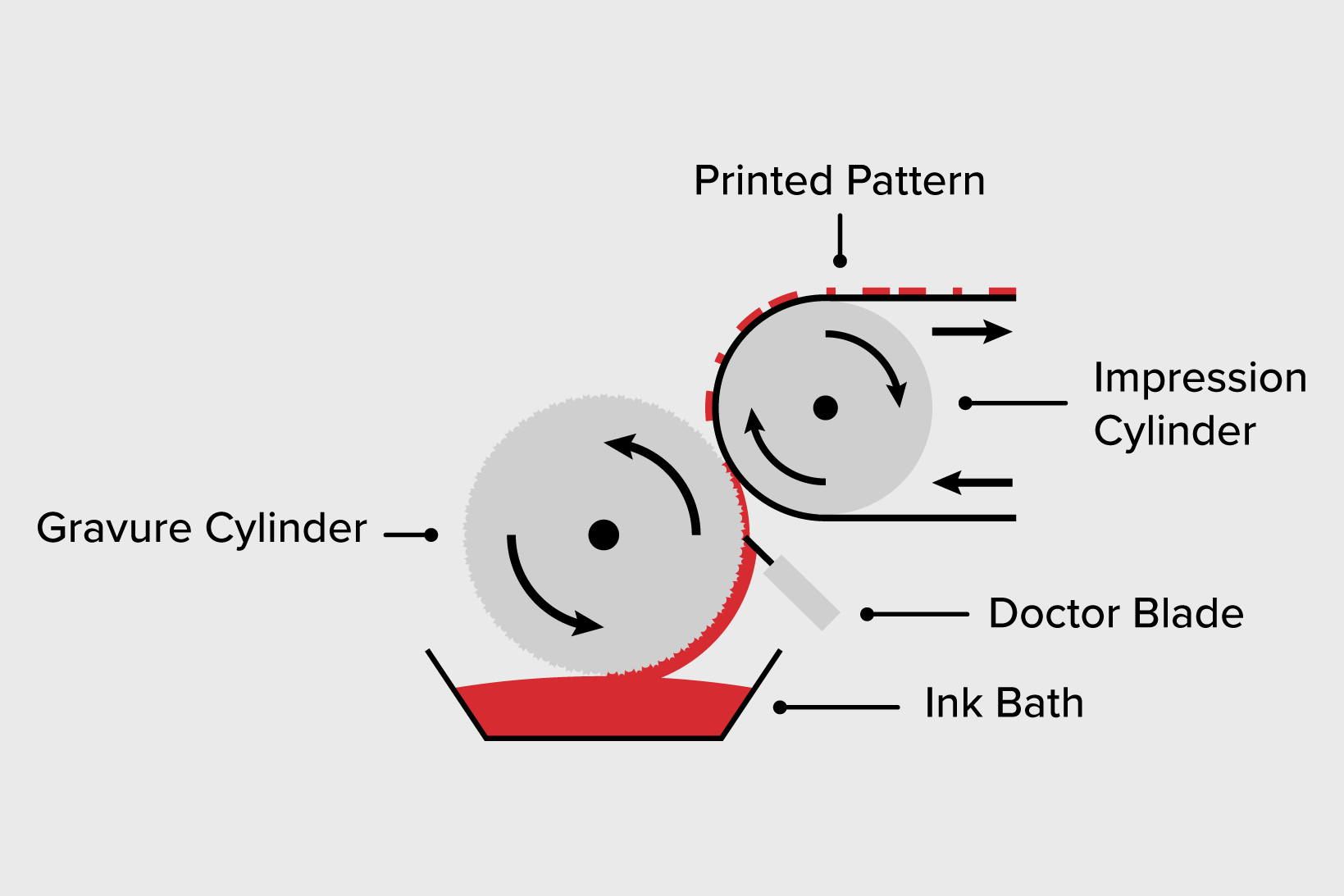
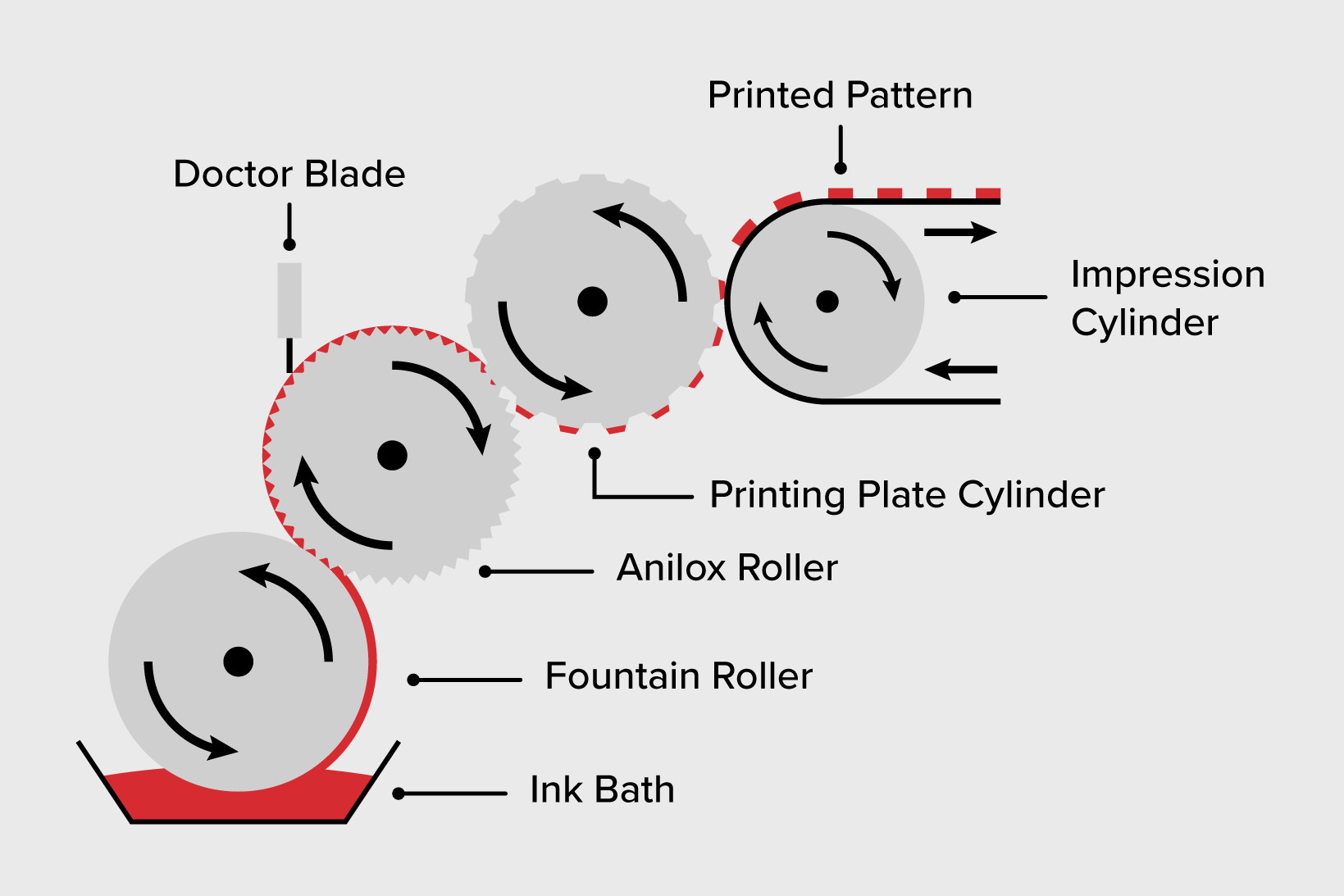

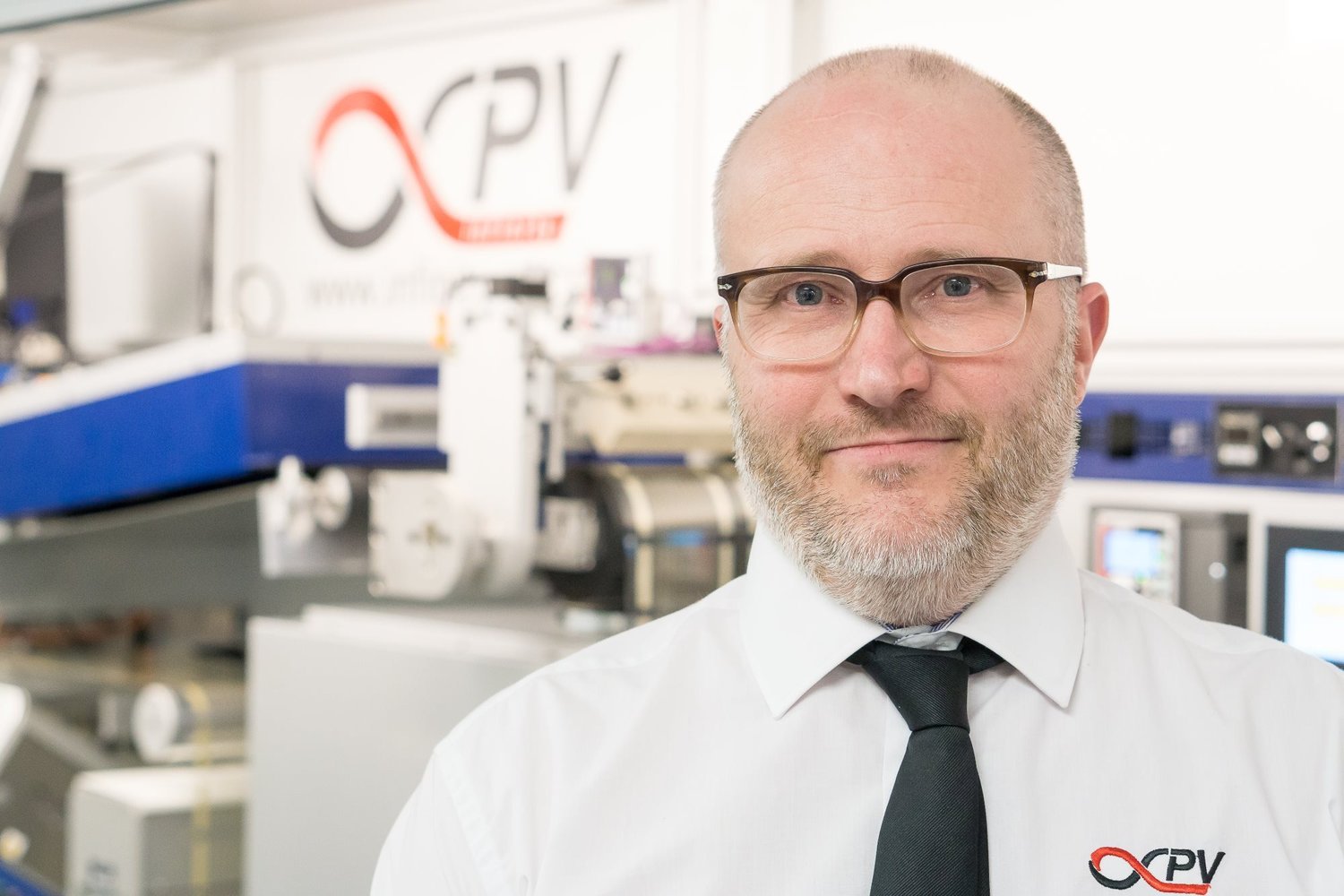

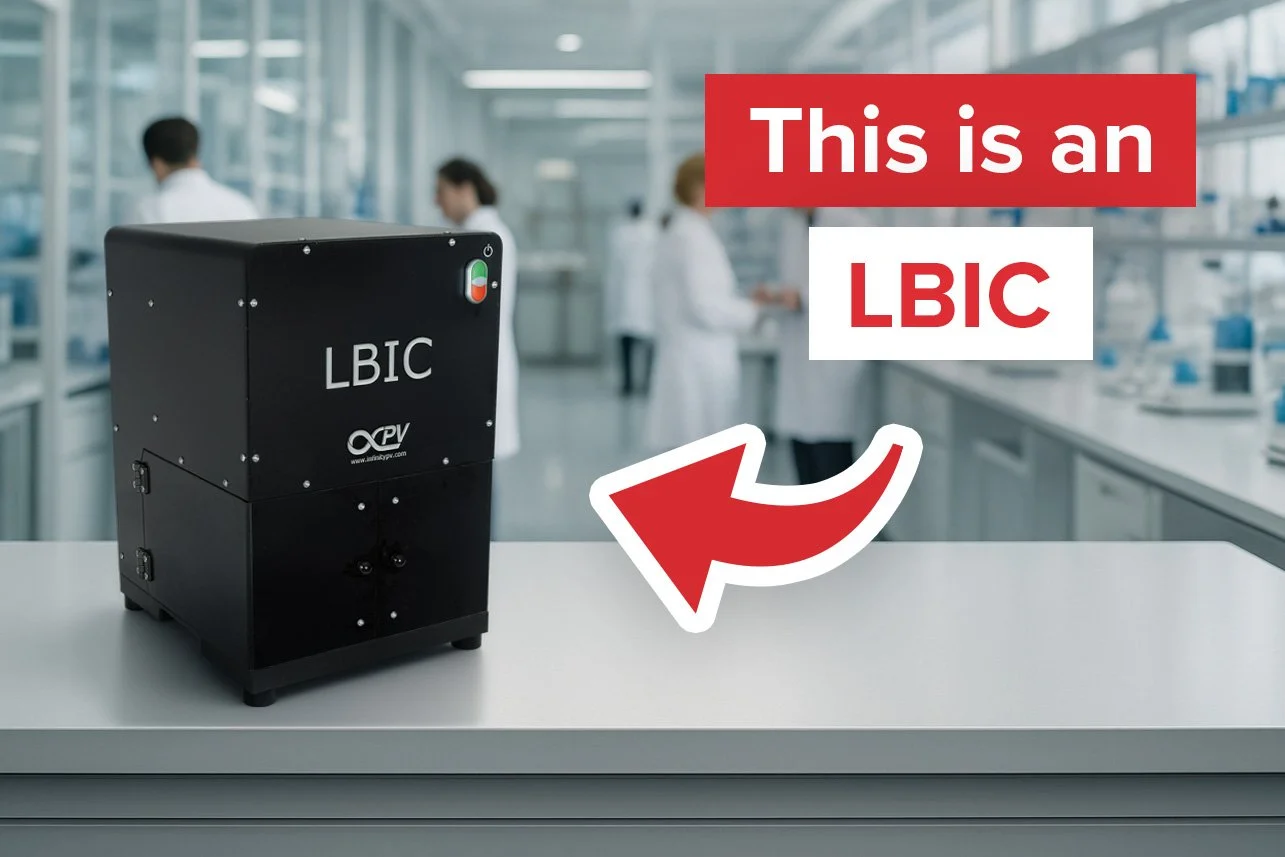
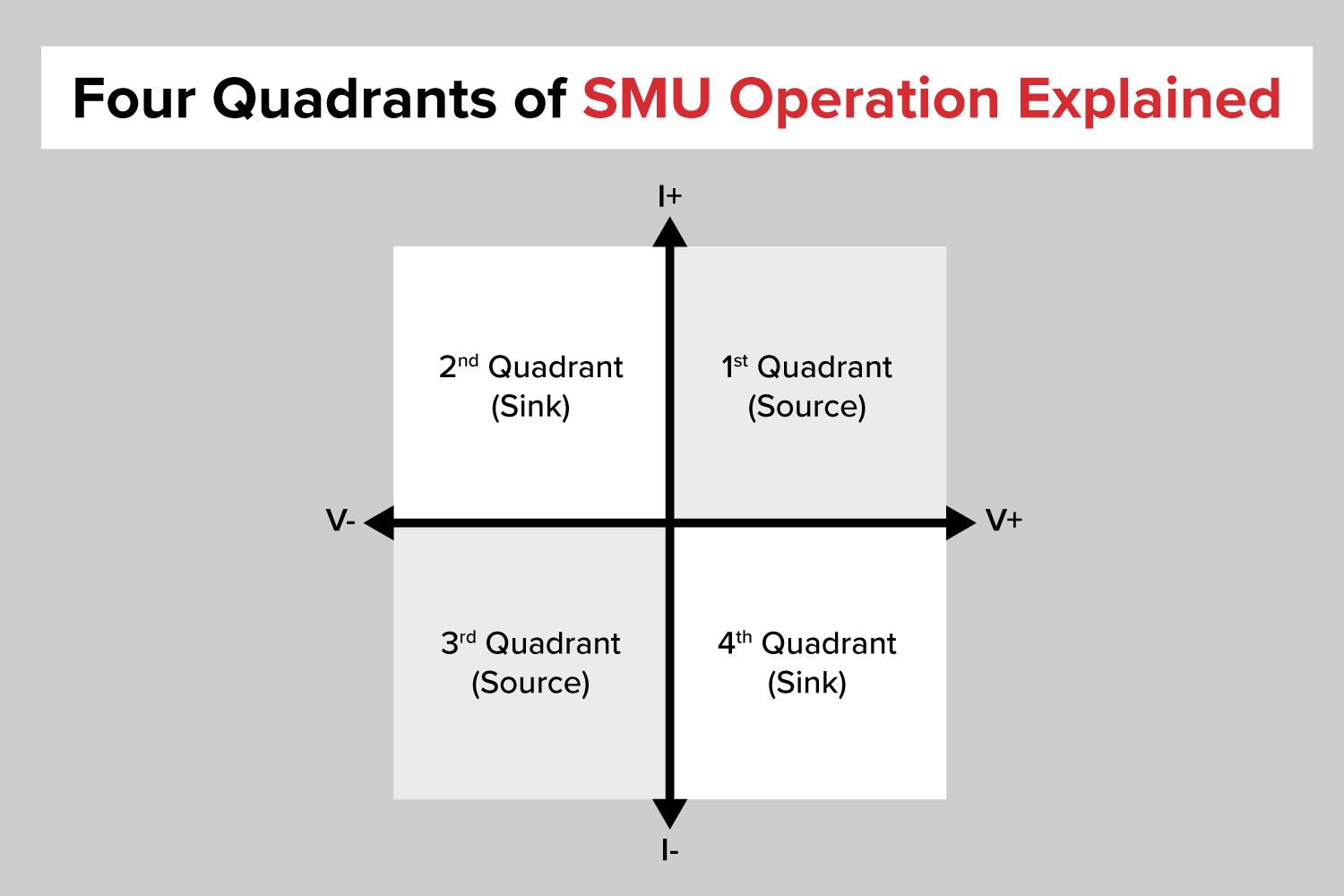
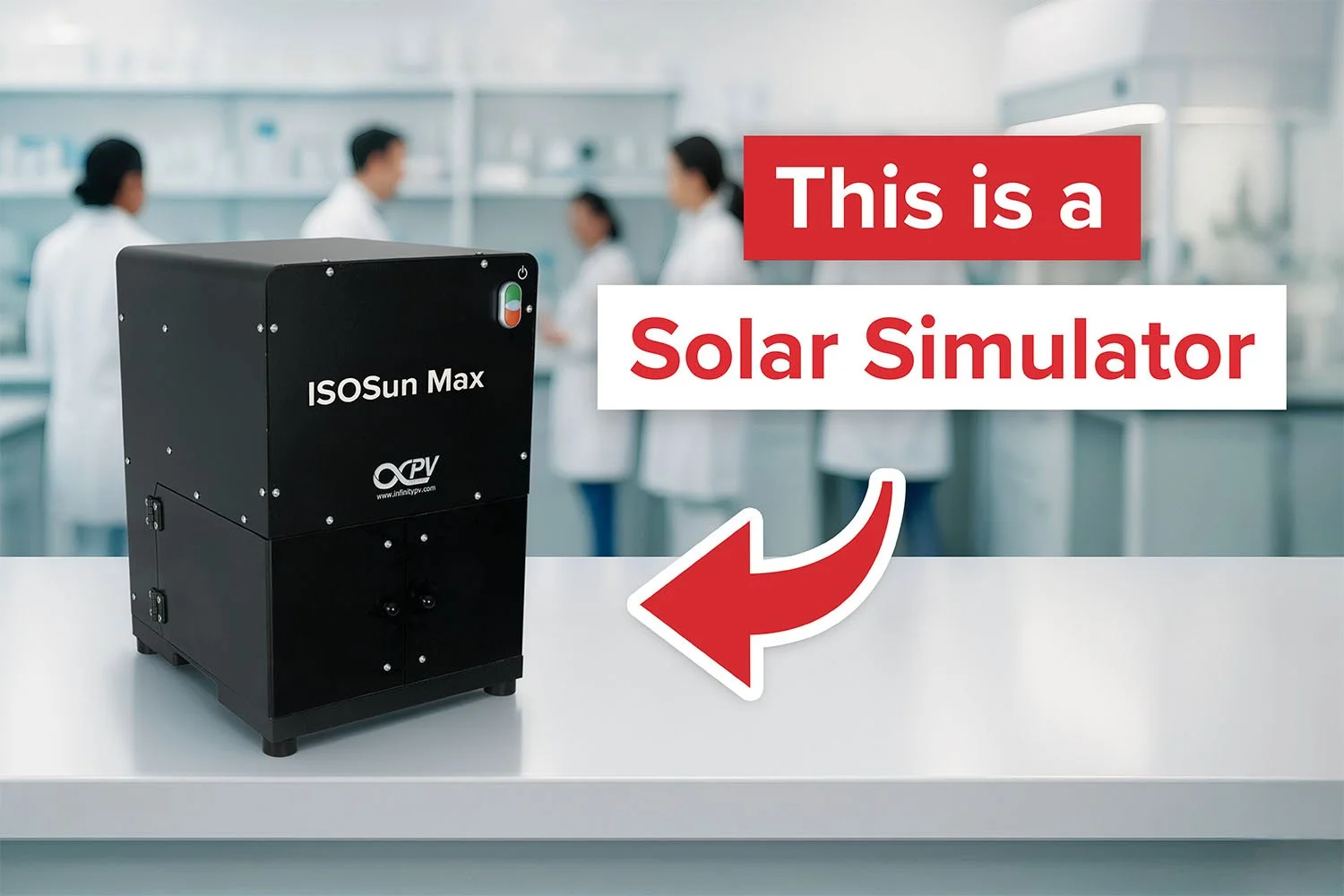

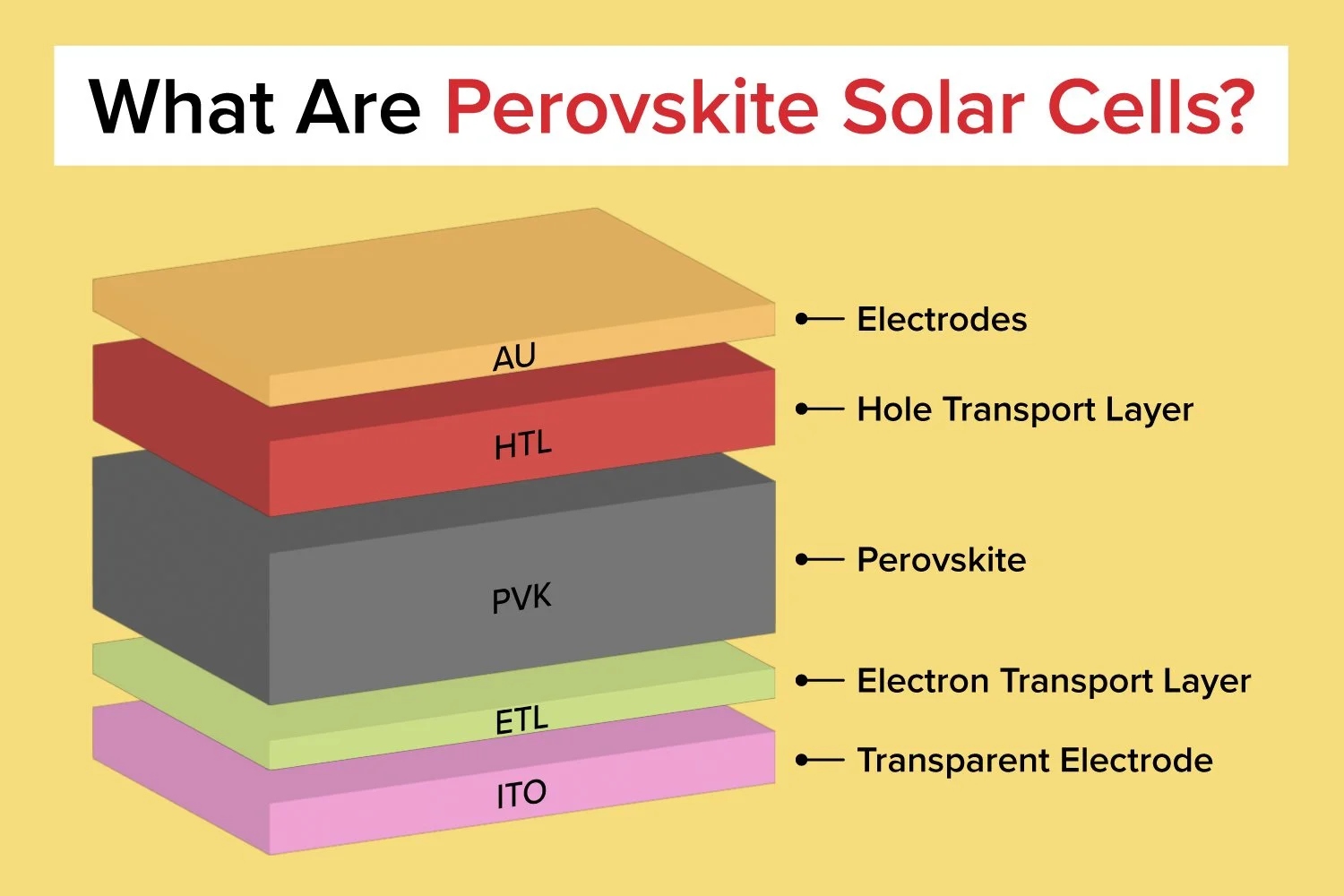




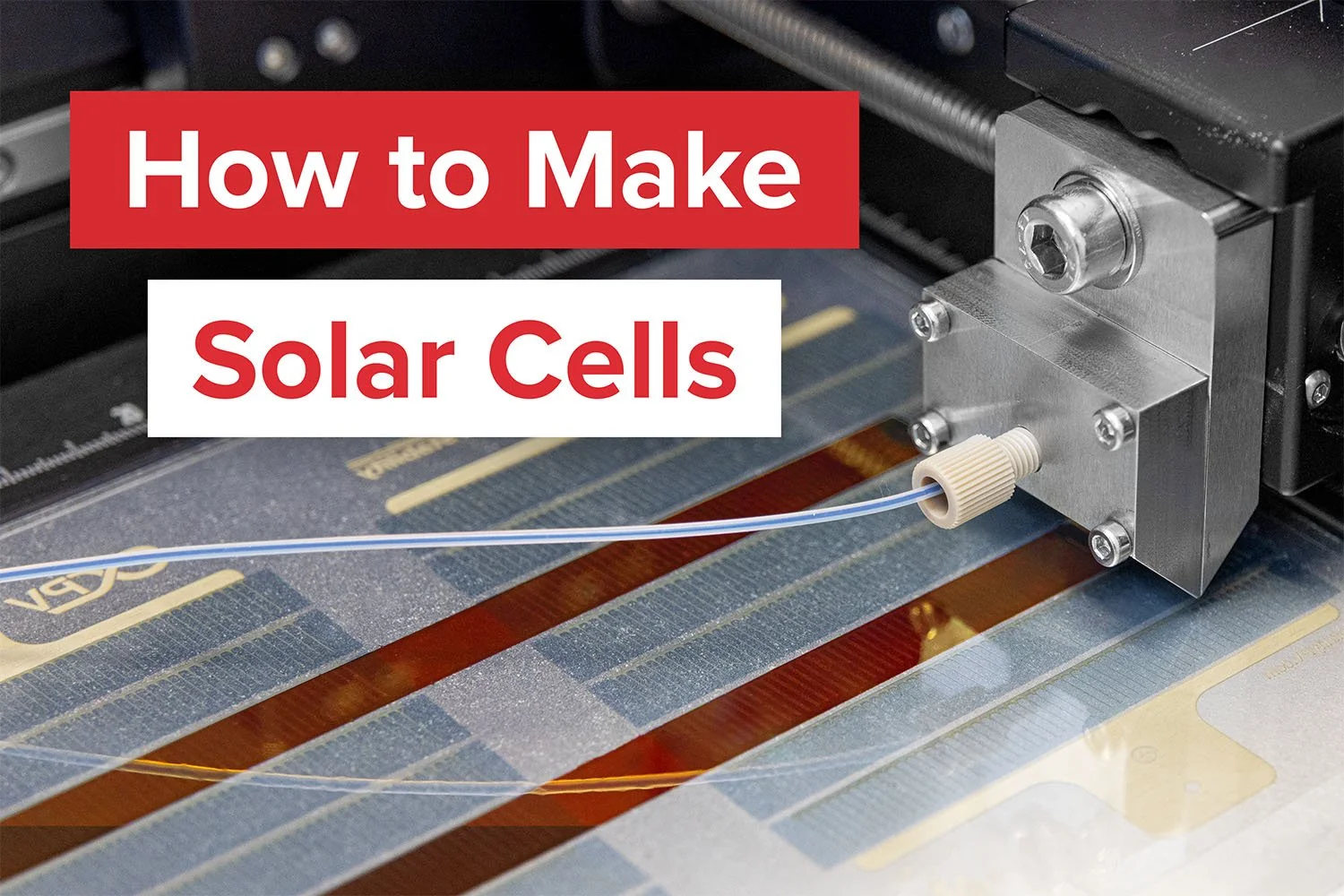

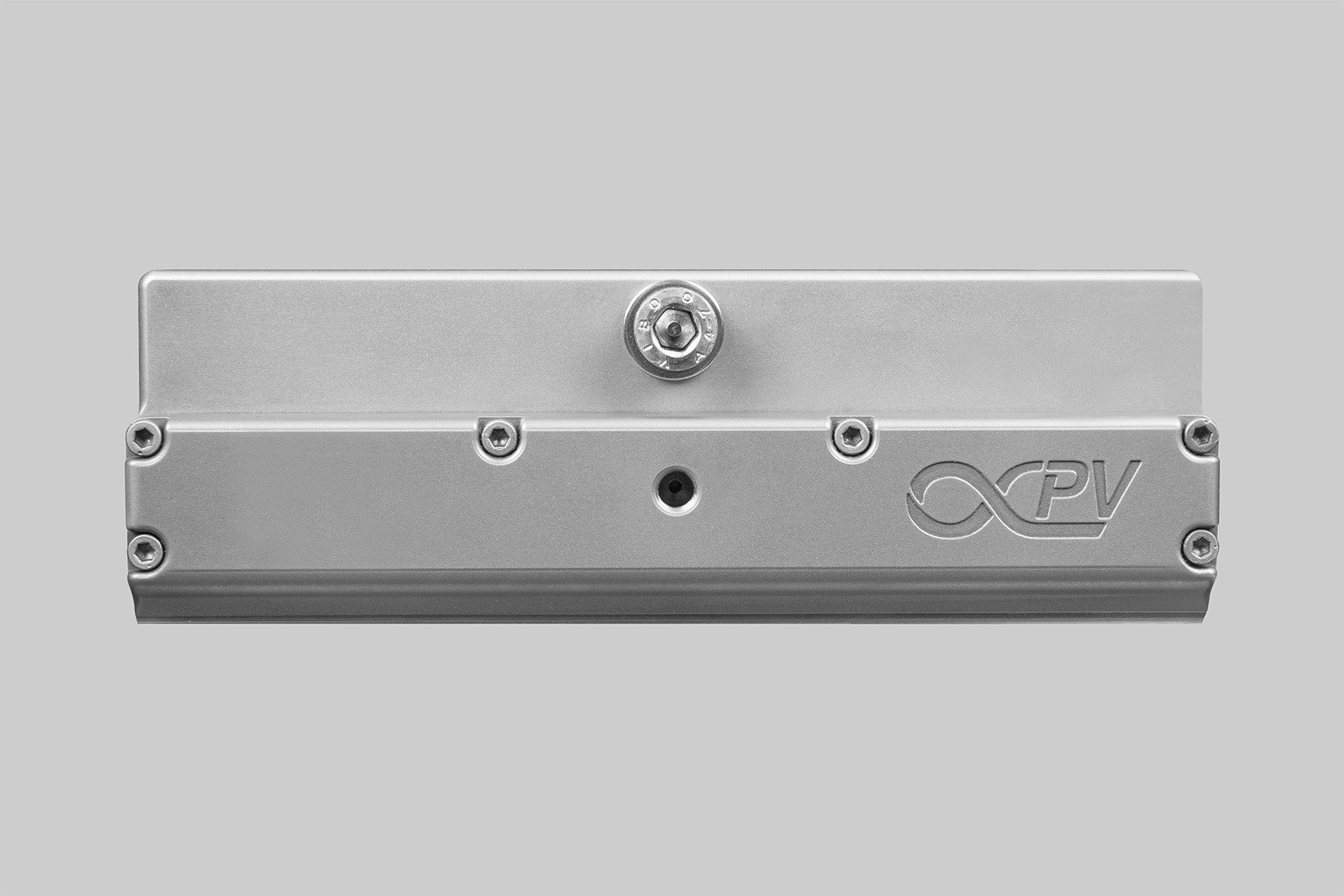

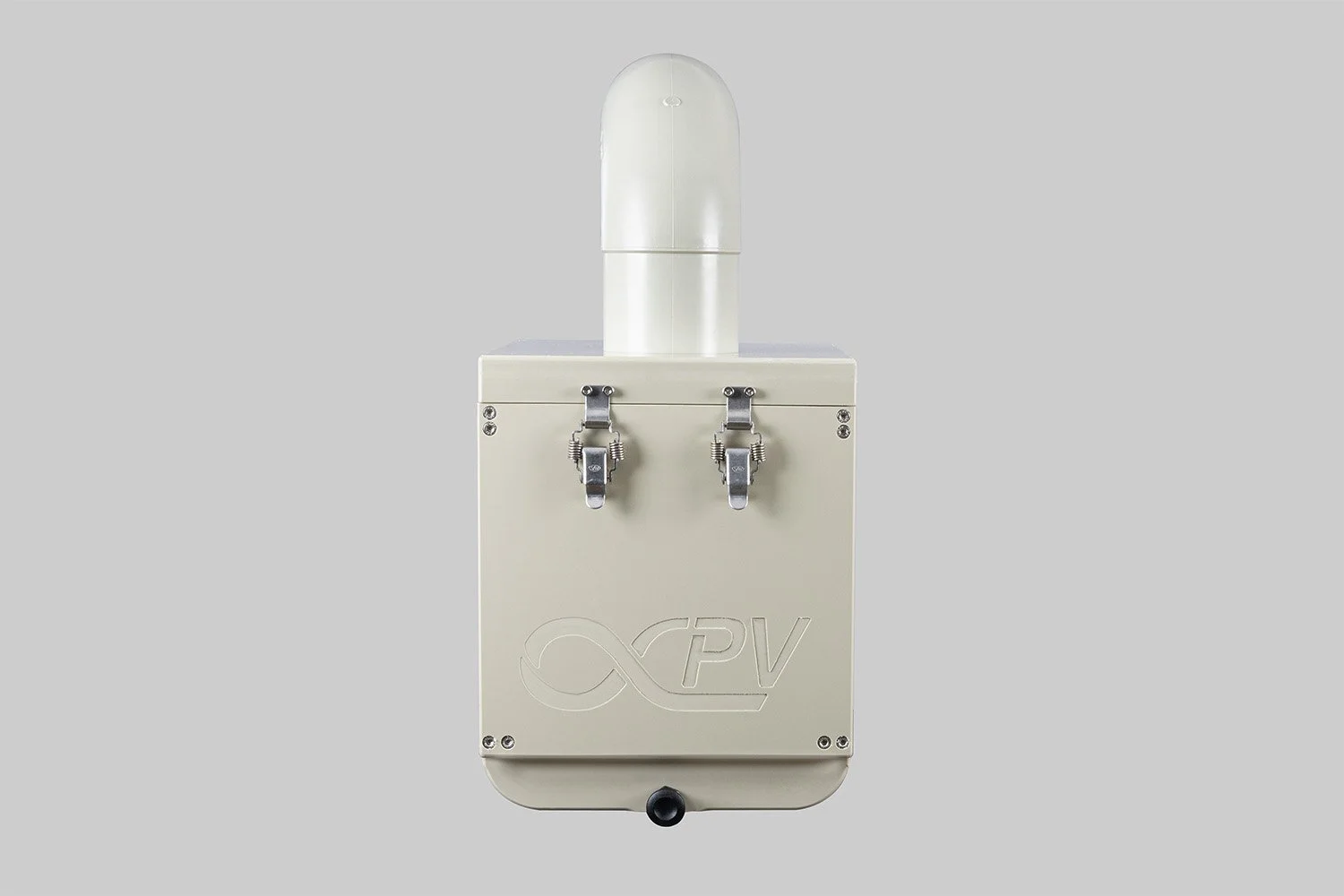


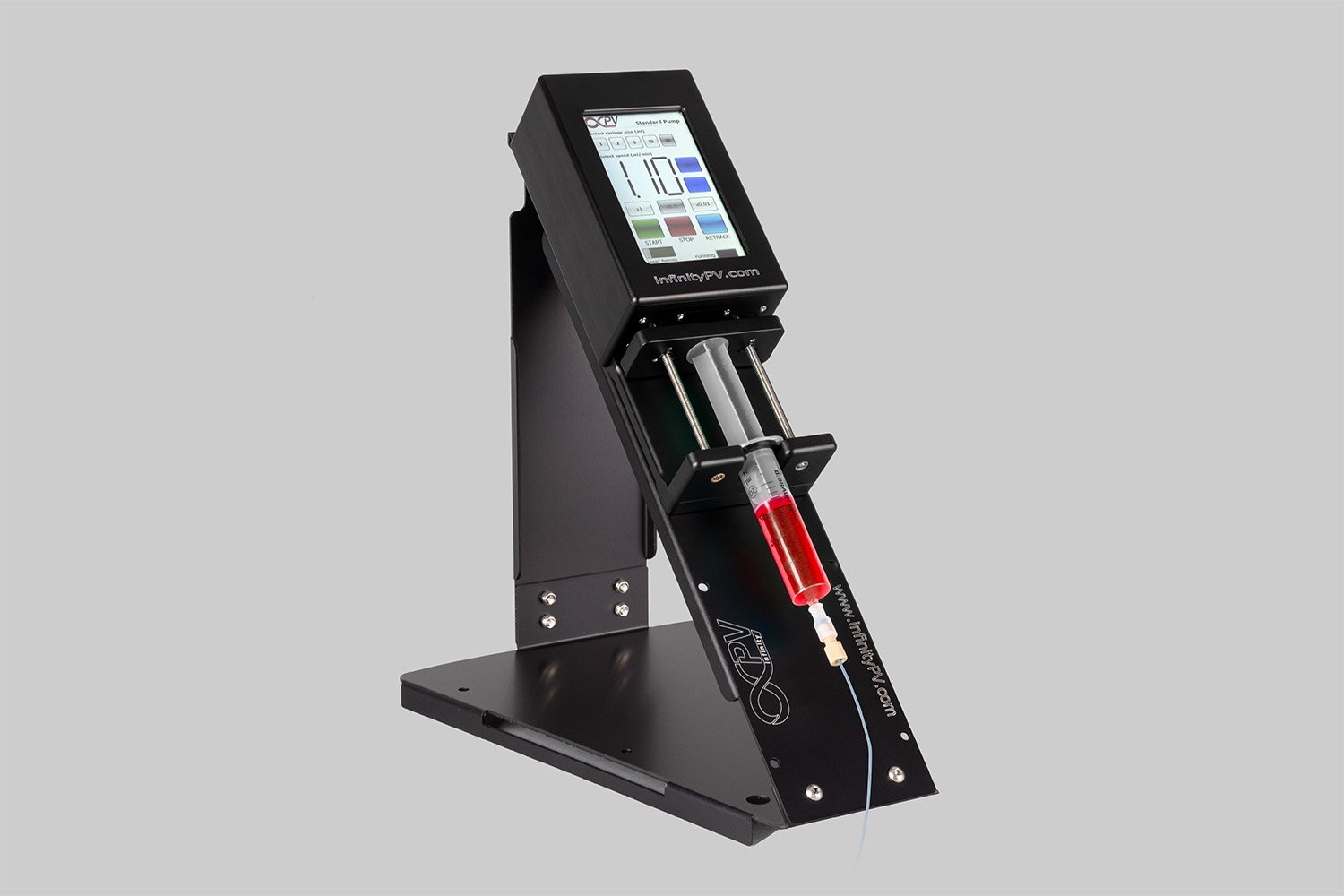
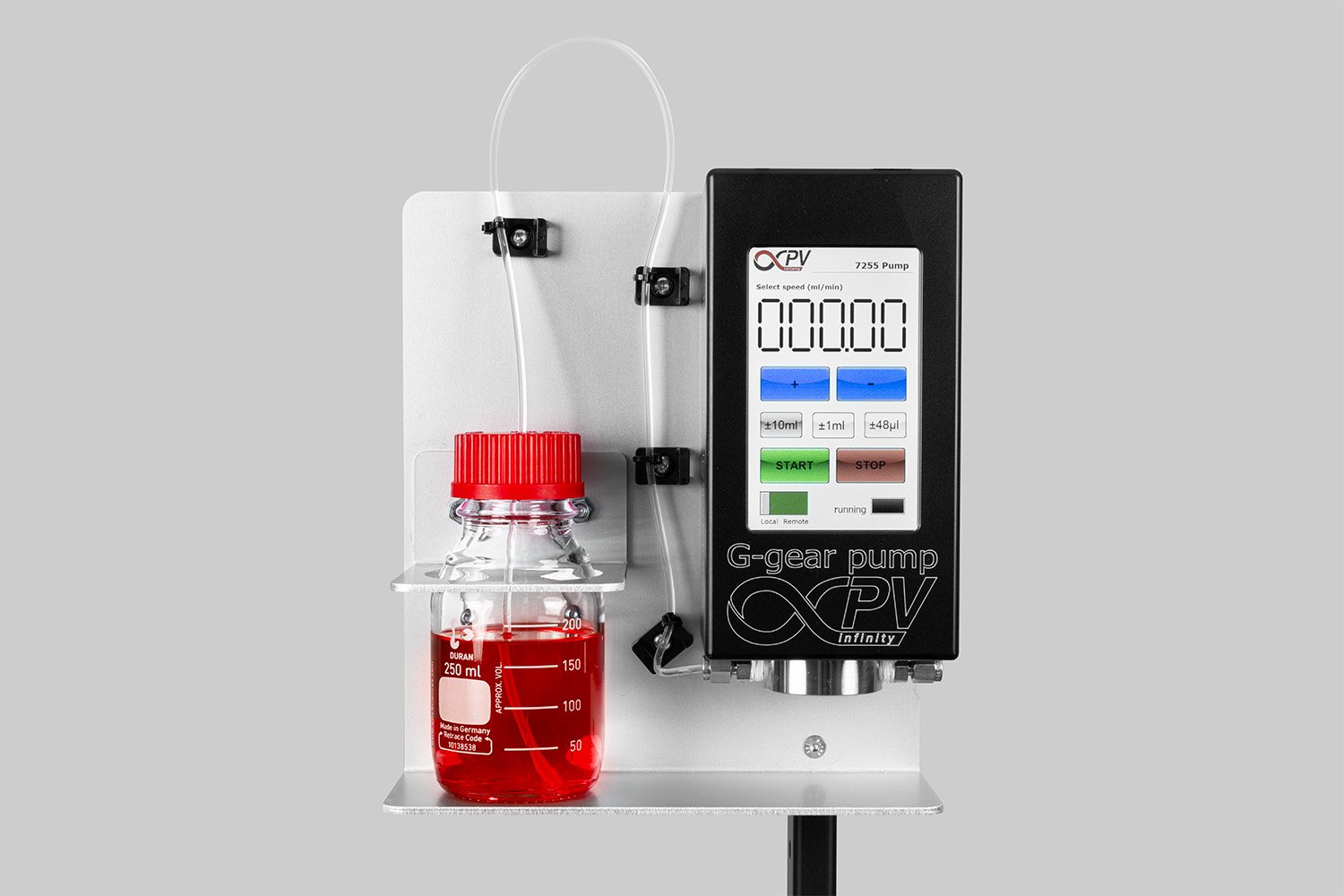

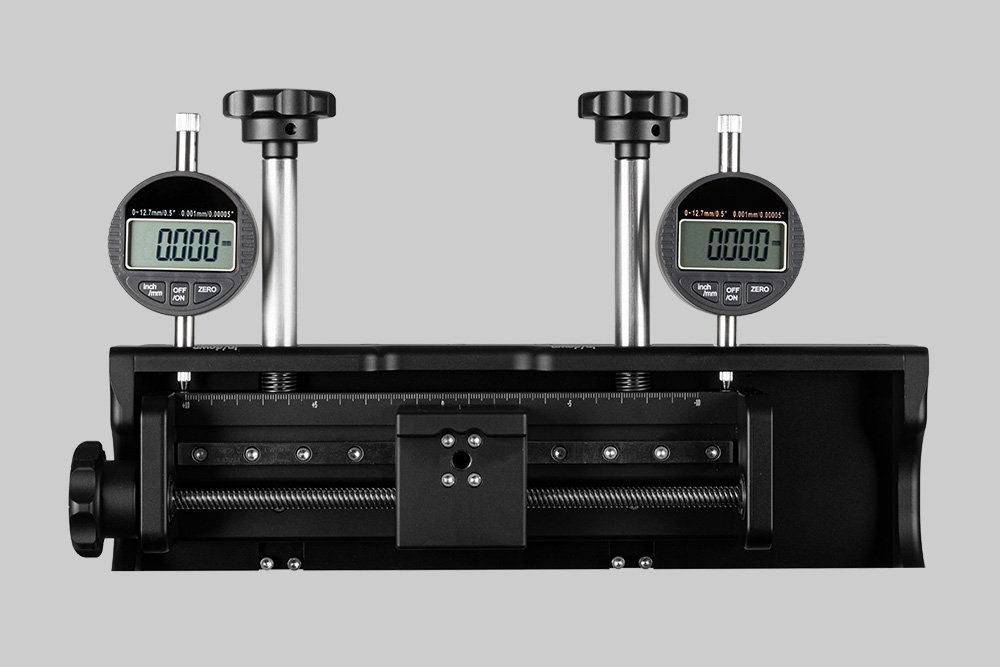
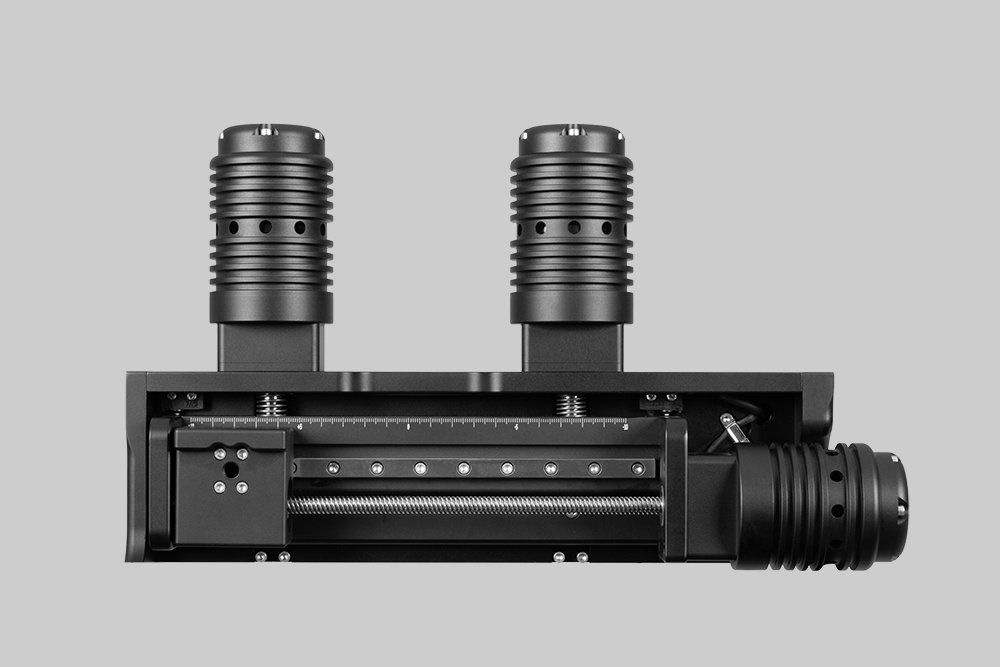

Upscale from spin coating to slot-die coating and flexo printing. Integrate research, materials, and scalable processes into a unified platform perfect for R&D. Watch video.